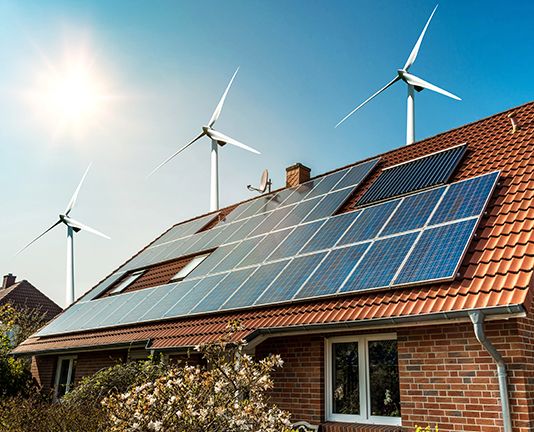For the majority of fast-moving consumer goods (FMCG) companies, rural growth has remained lacklustre for the second consecutive quarter of FY24, suggesting a lag in the hinterlands’ recovery. For FMCG firms, a rebound in rural areas is crucial because over one-third of their overall sales come from these areas. According to market watchers, a strong rural economy benefits FMCG companies as well because it increases the likelihood of increasing FMCG penetration overall. Unseasonal rains marred the June quarter of FY24, although unequal rainfall and pressures on food prices have been observed in the September quarter.
According to companies like Hindustan Unilever (HUL), Marico, Dabur, and Godrej Consumer Products (GCPL), these issues have negatively impacted consumption in rural areas. On the other hand, these businesses claimed that urban demand has remained strong, offering much-needed relief in an otherwise difficult climate. To put things in perspective, since OPEC and Russia decreased their output last month, the price of crude has been gradually rising. The current conflict between Israel and Hamas in Gaza has made matters worse, as benchmark Brent crude continues to trade above $93 per barrel.
Jawa issued a warning, stating that the company was closely monitoring crop output and reservoir levels due to this year’s uneven monsoon distribution and that global commodity prices, including crude, remained volatile. “During the September quarter, demand trends largely mirrored the trends observed in the preceding quarter,” Jawa said.
The expected recovery in rural demand appeared to be hampered by incidents of rising food costs and below-normal rainfall distribution in some areas, according to Marico.Dabur India reported that although demand in rural areas had been hampered by weather uncertainties, FMCG consumption was improving year over year.Dabur stated that because this year’s holiday season is later than usual, the offtake associated with the holidays is delayed and will roll over to the following quarter.
Weak macros and weather conditions had a negative impact on GCPL in Q2, according to the company. The company reported a stronger second half of the year, bolstered by a modest acceleration of volume growth.
Analysts note that although Nestle India and ITC have defied the slowdown trend in Q2, these businesses cannot be compared to big players in the home and personal care sector like HUL, GCPL, Dabur, and Marico, where topline growth has been negatively impacted by a combination of weak pricing power and subpar volume growth.
ITC said in a statement that it saw strong growth in both urban and rural areas during the second quarter of its FMCG division. This occurred in spite of a high base from the previous year, improved distribution growth, and effective last-mile execution.

